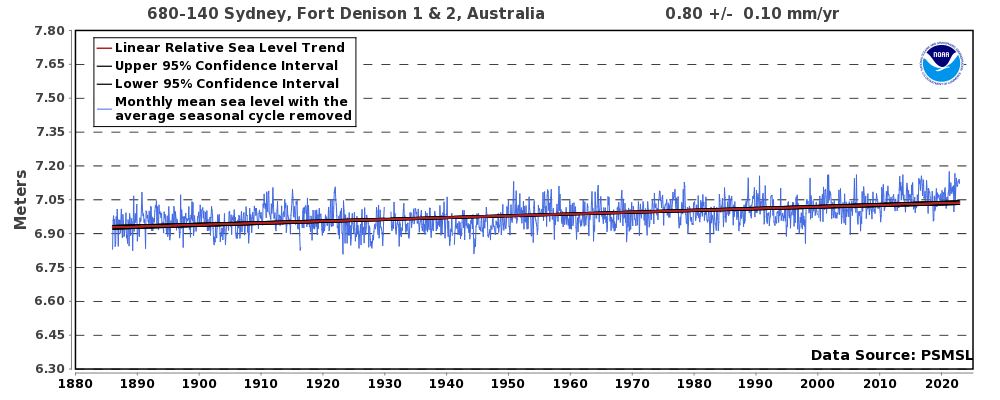Why do Sea Level Changes Always Stop at about the Same Heights?
They don’t. The first figure that should be there is a sea level reconstruction. There are several. For example Spratt et al., 2016.
In general sea level is proportional to temperature. The question is: why does the planet stops warming and cooling where it does?
The answer is primarily due to orbital conditions. Interglacials are warmer or cooler depending on orbital configuration. Melting the polar ice-sheets isn’t trivial as the more North the melting gets, the harder it is to further melt the ice-sheets, as the yearly energy received from the Sun falls fast. That’s why polar ice is so resilient and that is why sea levels don’t go much above present.
On the other side you have a similar limit. Obliquity decrease takes insolation from high latitudes and puts it in the tropics, so as the ice advances South, the tropics receive more energy from the Sun. So it becomes more and more difficult to extend the ice-sheets South as the energy increase is higher and higher. This puts a limit to how cold the planet can get, and it limits also how low the sea-level can get.
Another factor is that as continental ice-sheets grow they become more unstable. When they reach a size equivalent to a 120-m sea-level drop they are so unstable that the next high obliquity period will cause them to collapse producing an interglacial. This is Didier Paillard’s hypothesis from 1998 (Nature 391, 378), that is generally accepted, as it explains why after ice-sheets become that large an interglacial follows.











